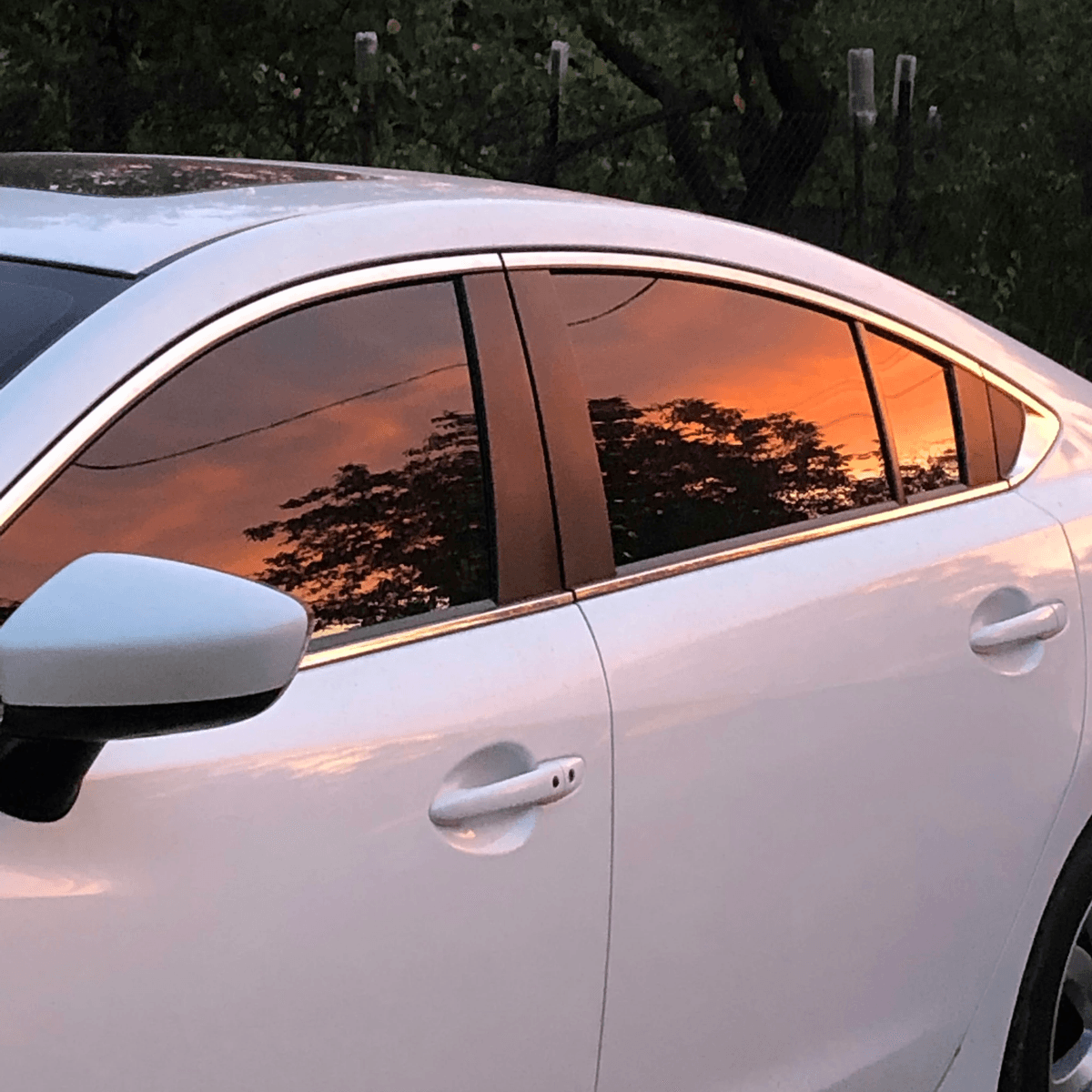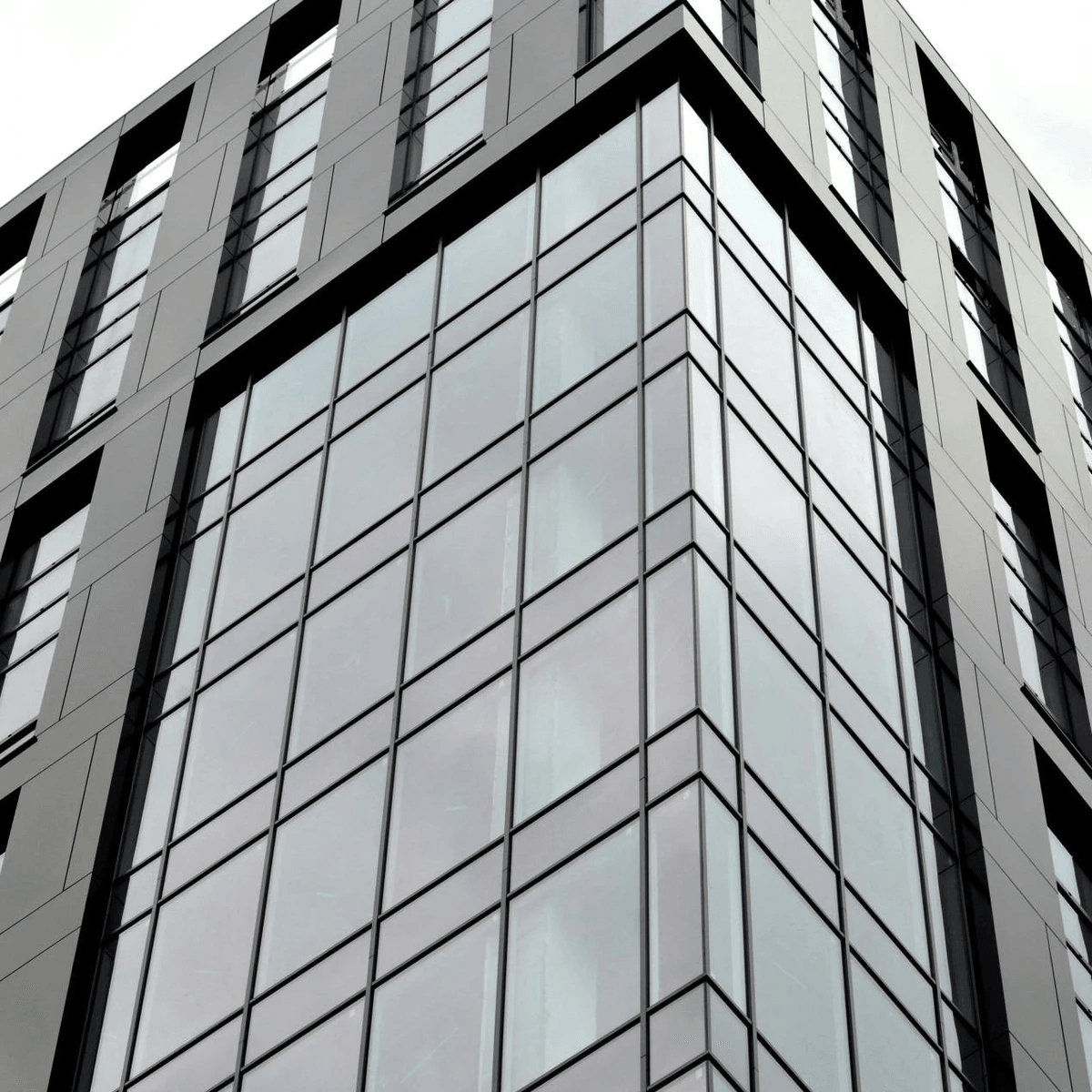
Window Tinting In Minneapolis
Scroll down to learn more about the legal window tint in Minnesota
Quality window tint install is the most important to Deez Wraps and it must be done correctly for a sleek look.

Car Window Tint
Car window tinting involves applying a thin laminate film to the glass surfaces of the vehicle. This modification only only enhances the aesthetic appeal of a car but also offers a range of practical benefits that contrinute to the comfort, privacy, heat reduction, and maintenance of the vehicle.

Residential Window Tint
Residential window tinting also involves applying a thin laminate film to the glass surfaces of a home. This simple modification can significantly enhance indoor comfort with glare reduction, privacy, energy efficiency, and an aesthetic appeal to the property.

Commercial Window Tint
Residential window tinting also involves applying a thin laminate film to the glass surfaces of office buildings, retail stores, and commercial properties. This upgrade not only improves the aesthetic appeal of a building but also offers a host of practical benefits that can enhance the working environment and operational efficiency such as heat reduction, energy efficiency, glare reduction, privacy and security.
Window Tint near me: Fill out the form for a quote on your window tint in Minneapolis
Make your car or home so sleek, private, and energy efficient
Auto Window Tint Law In Minnesota
In Minnesota, the laws regarding window tinting for vehicles are designed to ensure safety by maintaining sufficient visibility while allowing for personal preferences and comfort. Here’s a breakdown of the key regulations as of my last update:
1. Tint Darkness for Passenger Vehicles:
- The front windshield can have a tint on the top six inches, often referred to as an "AS-1" line.
- The front side windows must allow more than 50% light transmittance.
- The back side windows and rear window can have any darkness if the vehicle has outside rearview mirrors on both sides.
2. Tint Darkness for Multi-Purpose Vehicles (MPVs):
- MPVs include SUVs, vans, and trucks.
- The front side windows must allow more than 50% light transmittance.
- The back side windows and rear window can have any darkness.
3. Reflection:
- Window tint can be reflective, but it must not be more than 20% reflective. This is measured as the amount of light that is reflected by the tint, which helps reduce glare and heat inside the vehicle.
4. Other Regulations:
- Tint colors RED, AMBER, and YELLOW are not permitted.
- If the rear window is tinted, the vehicle must have dual side mirrors for safety reasons.
- All tinted vehicles must have a sticker certifying that the tint meets state requirements. This sticker should be visible and affixed between the film & glass on each tinted window.
5. Medical Exceptions:
- Minnesota law provides exceptions for drivers or passengers who frequently travel in the vehicle and have a medical condition that requires protection from the sun. Proper documentation must be carried in the vehicle to justify the exemption.
These regulations ensure that window tints meet safety standards while providing flexibility for privacy and comfort. Always consider checking the most current laws or consult with a professional window tinting service in Minnesota, as state laws can be subject to change.

Window Tint Material
Window tinting for vehicles and buildings involves the application of a thin film to the glass to reduce glare, heat, and visibility. There are several types of window tint materials available, each with unique properties and benefits. Here's a detailed look at the common types of window tint films:
1. Dyed Window Tint Film
- Composition: Consists of a dye pressed or embedded into a layer of film, which absorbs sunlight and heat.
- Advantages: Provides the darkest effect, which can enhance privacy and reduce glare inside the vehicle or building. It's also the most economical type of window tint film.
- Disadvantages: Can result in a "bubble" appearance over time as the adhesive fails. The heat reduction is accomplished by absorbing heat into the glass, which can still transfer heat inside. The dye can fade over time due to UV exposure, decreasing its effectiveness and changing its color.
2. Metalized Window Tint Film
- Composition: Uses tiny metallic particles embedded in the film to reflect sunlight and its associated heat.
- Advantages: Highly effective at reflecting heat and UV rays, reducing both the temperature inside the vehicle or building and the fading of upholstery. Adds strength to the window, which helps in shatter-resistance.
- Disadvantages: The metal in the film can interfere with radio and GPS signals in cars and can have a shiny appearance from the outside.
3. Carbon Window Tint Film
- Composition: Made from carbon particles mixed into the film.
- Advantages: Provides excellent heat rejection without interfering with radio, GPS, or cellular signals. It gives a matte-finish look that some find more aesthetically pleasing than the shininess of metalized tints.
- Disadvantages: Can be more expensive than dyed or metalized films. Quality and performance depend significantly on the manufacturing process.
4. Ceramic Window Tint Film
- Composition: Includes ceramic particles known for their nonconductive properties.
- Advantages: Offers superior heat and UV rejection capabilities compared to other forms, without blocking electronic transmissions. It’s highly effective at reducing glare and fading and is non-reflective.
- Disadvantages: This is one of the most expensive types of window tint films due to its advanced technology.
5. Hybrid Window Tint Film
- Composition: Combines dyes and metallic particles to offer a balanced approach to window tinting.
- Advantages: Designed to provide adequate heat control and UV protection without a high degree of reflectivity. Reduces fading and heat like metalized film without the signal interference, thanks to a lower metal content.
- Disadvantages: More expensive than dyed films but generally cheaper than fully metalized or ceramic options.
6. Crystalline Window Tint Film
- Composition: Designed to be clear or almost transparent, allowing visibility while blocking heat and UV rays.
- Advantages: Doesn’t darken the windows yet offers high levels of UV and infrared light blocking, making it ideal for those who don’t want the traditional tinted look but still seek the benefits of window tinting.
- Disadvantages: Can be more expensive and less effective at providing privacy compared to darker tints.
7. Security Window Film
- Composition: Thicker than other types of tint films and designed specifically for security to reinforce glass.
- Advantages: Provides additional protection against break-ins, explosions, or accidents by holding shattered glass together.
- Disadvantages: Primarily focused on security, may not provide as much heat reduction as other types.
Each type of window tint film offers specific benefits and potential drawbacks. The best choice depends on individual needs such as the desired level of privacy, aesthetic preferences, budget considerations, and whether electronic interference is a concern.
Visit us on Yelp!
@2024 Vegas Wrap Studio, Inc.





